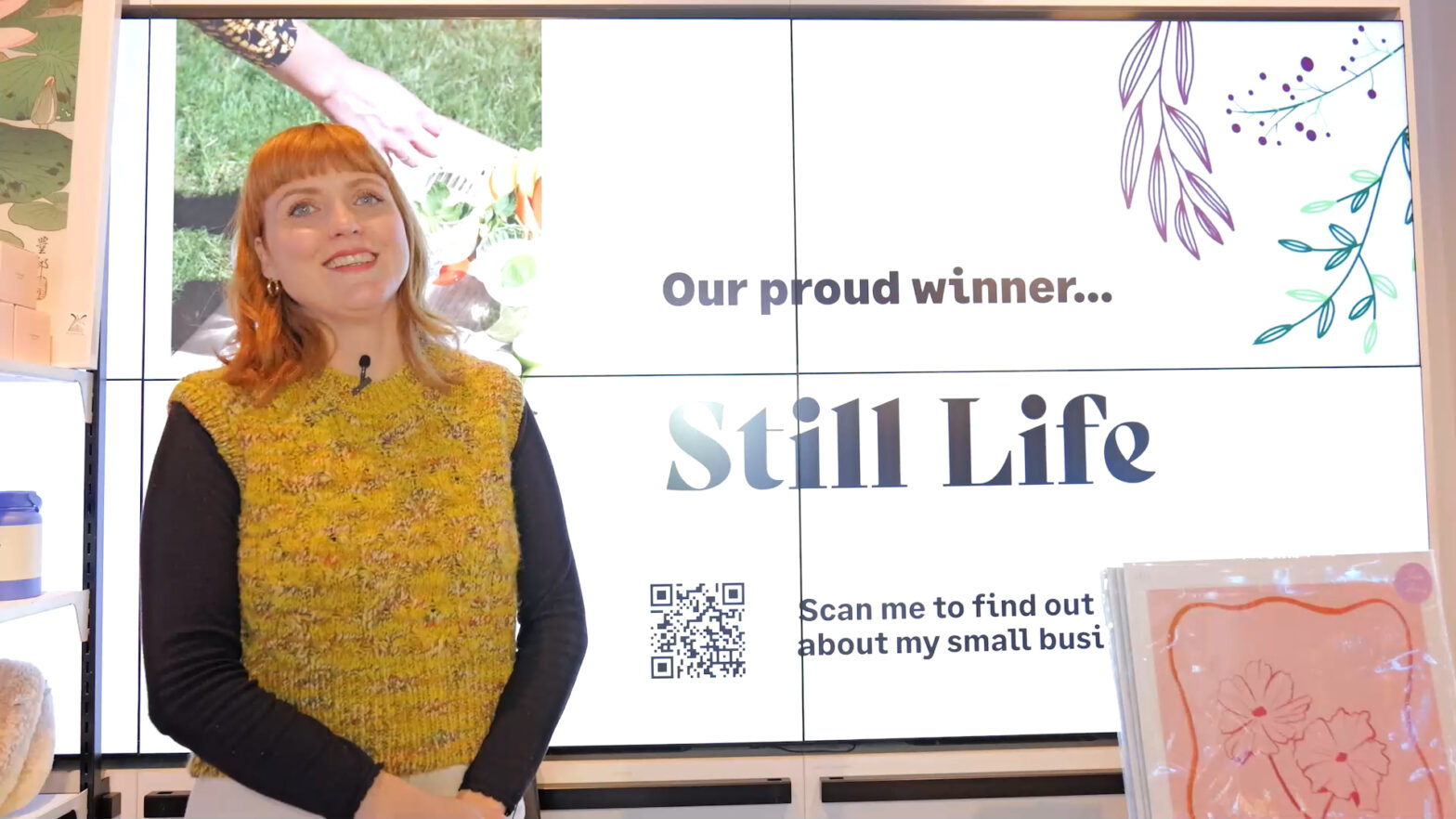That seems the most likely explanation for the fact that out of the four million small and medium-sized businesses out there, only around 4,500 are successfully claiming research and development (R&D) tax credits.
Ann Jones, managing director of business finance consultants LowendalMasai UK, says: ‘SMEs often have an idea that in order to qualify for R&D they need to have lots of men in white coats doing a lot of blue sky thinking. But it can sometimes just involve carrying-out scientific or technological activities in creative manner.’
Jones does concede there’s a catch. It can sometimes be difficult to convince the tax office of the merits of your application. ‘There is a feeling that HMRC is so used to administering & collecting tax, they often struggle with the concept of reduction in corporate tax burden through the R&D tax credit scheme’ she says.
In order to receive tax credits the company needs to be making corporation tax returns and spending over £10,000 on R&D-related costs – a full list of which can be found on the HMRC website.
As for the definition of what constitutes R&D, Rachel Marsdin, associate director of chartered accountant Moore and Smalley, explains: ‘We normally advise that it has to either involve the resolving of a technological uncertainty or using existing technology in an unusual or innovative way.’ Routine cosmetic improvements do not count.
It is important that you have a full record of exactly where your R&D costs have been allocated. Also, if you are receiving grants for some of your projects you cannot take the money spent in these areas into account when claiming.
For SMEs R&D tax credits come in two forms
Firstly, if the company is profitable it can apply for enhanced relief on the tax it pays. For every £100,000 of expenditure spent on R&D activities, the company is able to reduce its tax by £21,000.
This amounts to 21 per cent of qualifying R&D costs. For periods prior to 1 August 2008 the tax relief is calculated at 15 per cent.
For companies making a loss, R&D claims can mean getting an injection of cash back. If the company has spent £100,000 on R&D, it will receive £24,000 as a repayment. However, it must be paying more than this in NI and PAYE to qualify.
Despite the complications, there must be a lot more than 4,500 companies out there which are eligible, and there is no reason not to invest a little time in investigating further.
‘It’s definitely something more companies should look into,’ says Jones. ‘In these cash-strapped times it can bring a significant amount of money back into the company.’
In other words, don’t look a gift horse in the mouth.




